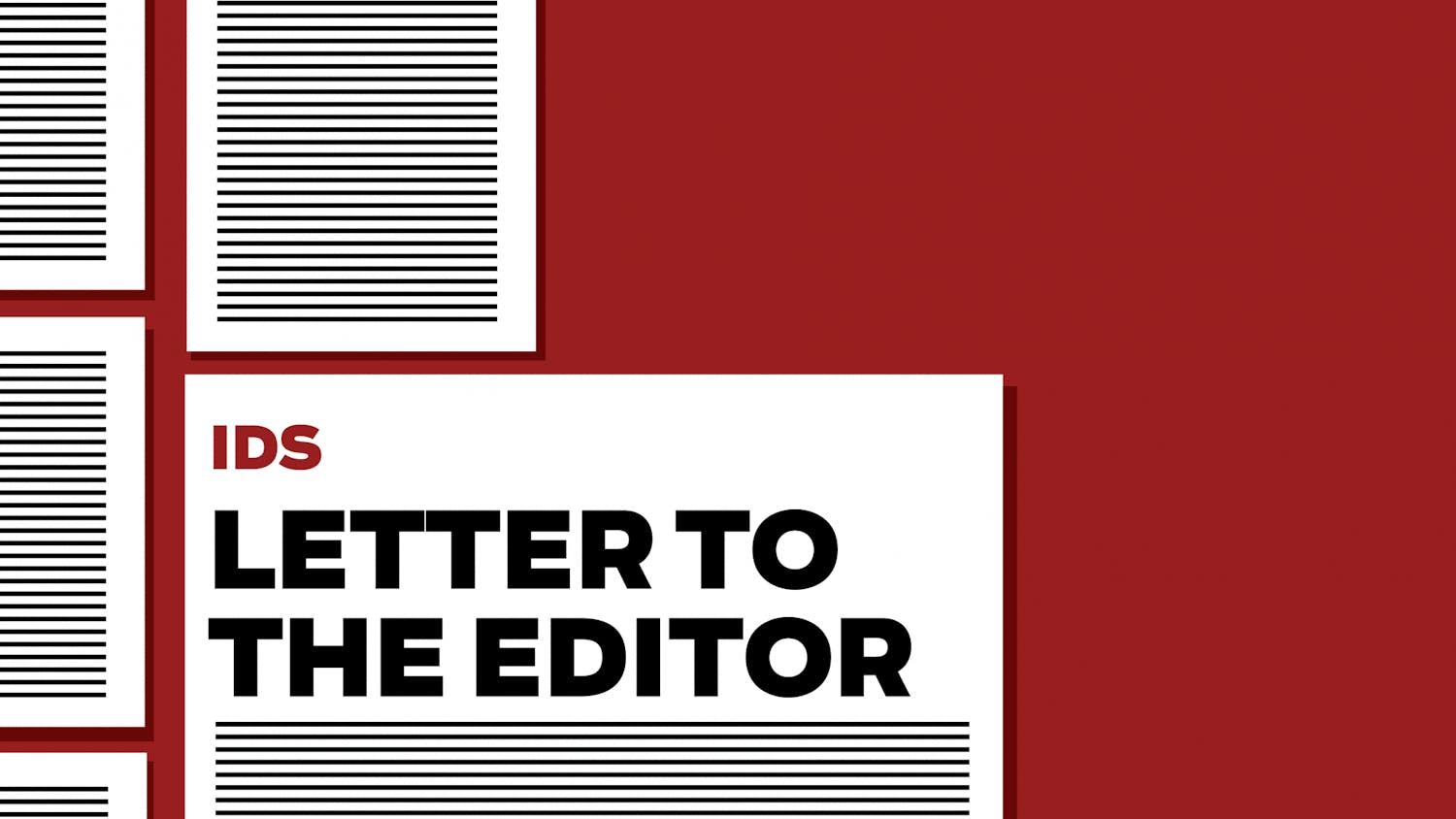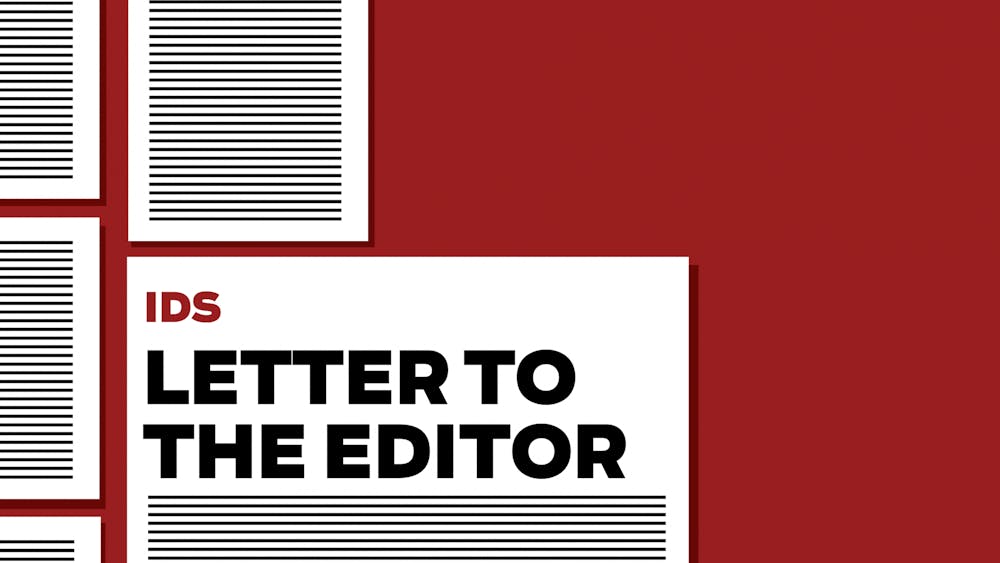It is becoming more difficult for low-income students to afford a college education. In the last 30 years, while college tuition has skyrocketed, low-income families' earnings have declined. As a result, college is becoming less accessible to these families. As college students, we represent those who have made it, and we must play a role to ensure every young person has the same possibility.\nAlthough not a major issue in the past, student aid is receiving a great deal of attention during the current presidential and congressional campaigns. The attention given to higher education and student aid not only demonstrates the importance and urgency of the problem, but also reflects the public's insistence that something has to be done. As more students, parents and universities have voiced their concerns, both parties have increasingly included student aid as a major issue for the presidential campaign.\nCandidates George W. Bush and Al Gore are proposing student aid programs that would increase student access to higher education. Gov. Bush wants to facilitate saving for college by implementing and expanding existing programs in which parents can put money in tax-free accounts for their child's education. He also proposes two additions to the Pell grant program: a higher maximum grant for the first year of college and increased grants for those who study science and math. Vice President Gore also focuses mainly on taxes to make college more affordable. His main proposal is the College Opportunity Tax Cut, in which parents could either deduct $10,000 of tuition money or receive a $2,800 tax credit.\nThese proposals are important because they reflect the general public's desire to make college more affordable. And they do make college more affordable -- for the middle class. However, these programs would not significantly increase the accessibility of college to low-income students. Tax-free savings accounts and pre-paid tuition plans do not benefit those who cannot contribute significant amounts of money. Furthermore, tax-related aid does not provide immediate assistance to the student. Instead, it provides parents with a higher tax return at the end of the year.\nLow-income students need aid up front. Many low-income students are independently paying for college and do not benefit from the savings plan. Moreover, they cannot afford to wait until the next year to get a tax return. As a result, we should support increased Pell grants and better student loan programs. These programs truly assist those students who need the most help.\nAny action to make higher education more accessible to students is welcome, and the attention given to the issue in the current campaign is a sign that student voices are being heard. But more can and should be done. Students have been fundamental to past accomplishments in student aid increases. Congress is poised to increase the maximum Pell grant from $3,300 to $3,650, as we are continuing to work for a further increase to $3,800 before they adjourn in a few weeks. With the importance higher education has in this campaign, we have every reason to believe we can achieve more in the upcoming years.\nWhether to reward the candidates for paying such attention to the issue of student aid or to hold them accountable once elected, it is important students vote in the upcoming election. Low-income students are still struggling to pay for college, and millions of students are graduating each year with a staggering amount of debt. We have a responsibility to make higher education accessible to all. Whatever your preference for party, platform or politician, it seems your presence at the polls can make a difference for higher education.
Students key in aid decisions
Get stories like this in your inbox
Subscribe




